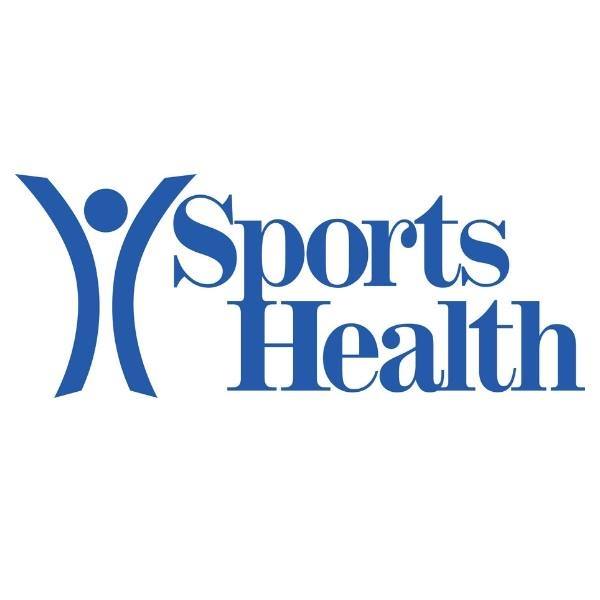Arcadia and CHOP Researchers Examine Whether ‘Dominant Leg’ Matters in Injury Rehab
If someone were to ask which is your dominant hand, your right or your left, you’d probably be able to answer without much thought. But what about your dominant leg? Does it matter? Researchers led by Dr. Anne Leung ’19DPT ’26PhD, an adjunct professor in Arcadia’s Department of Physical Therapy and current doctoral student in Movement Science, set out to answer this question in the context of sports and recovering from injuries.
By having more than 350 young, healthy athletes engage in a series of single-leg hops, the team found that uninjured athletes typically hop with relatively equal skill on each leg. Thus, when it comes to returning an athlete with a leg injury to their sport, healthcare providers should aim to restore strength and functional performance symmetry with the uninjured leg in order to best help the athlete.
“In my experience as a physical therapist, sometimes patients will try and understand their asymmetrical performance on a test by saying ‘Well, it’s my non-dominant leg, so shouldn’t I perform better on the other leg anyway?’” Leung said. “So, we were interested in knowing if that was a reasonable thought or if we should be pushing patients to achieve symmetry regardless of if their injured leg was their perceived dominant leg or not.”
The study, “Rethinking Lower Extremity Limb Dominance: A Comparison of Performance-Based and Self-Selected Measures,” was published in Sports Health: A Multidisciplinary Approach. Dr. Elliot Greenberg ’03DPT, an adjunct professor in Arcadia’s Department of Physical Therapy, who also holds a position as a clinician scientist at the Children’s Hospital of Philadelphia, was the principal investigator on this study. Dr. Ryan Zarzycki, an associate professor in Arcadia’s Department of Physical Therapy, along with Dr. Julie Dyke ’04DPT, Dr. J. Todd Lawrence, and Dr. Theodore Ganley of CHOP, were also part of the research team.

The research team began by determining the perceived dominant leg by asking the athletes which leg they would use to kick a ball as far as they could. Participants then performed a series of jumps on each leg: a single hop for distance, a timed hop for speed, and a vertical hop for height. Each type of hop was completed three times, and the results were averaged together, giving the participant a performance score for each type of hop. While there was a small statistical difference between legs, it was not clinically relevant, according to the researchers.
Hop tests can be used as part of testing whether an injured athlete, specifically ones with lower extremity injuries, are ready to return to their sport. However, to this point, there has been a lack of consensus in clinical practice patterns and existing research regarding the level of limb symmetry on functional hop tests that is considered sufficient.
“Our data, among healthy youth athletes, shows that we should expect symmetrical performance across the single leg hopping tests that we analyzed, so it is not normal to have a significant deficit on one side, and we should hold young athletes recovering from an injury to this standard,” Greenberg added. “This data provides immediate clinical impact and moves our standard of evidence-based practice forward.”
This research builds off a 2020 study led by Greenberg, continuing the partnership between Arcadia and CHOP.
“With the completion of the Arcadia Sports Medicine Research Lab, we have been able to expand our partnership and are currently investigating hip biomechanics in patients treated non-operatively at CHOP, which is a funded study through a research grant offered by the Division of Orthopedics at CHOP,” Greenberg said. “I see great synergy between CHOP and Arcadia that leverages the strengths of both institutions taking advantage of multidisciplinary clinical expertise, research expertise, research facilities, and access to patients/subjects, allowing for us to engage in research that will improve our care for young athletes.”

